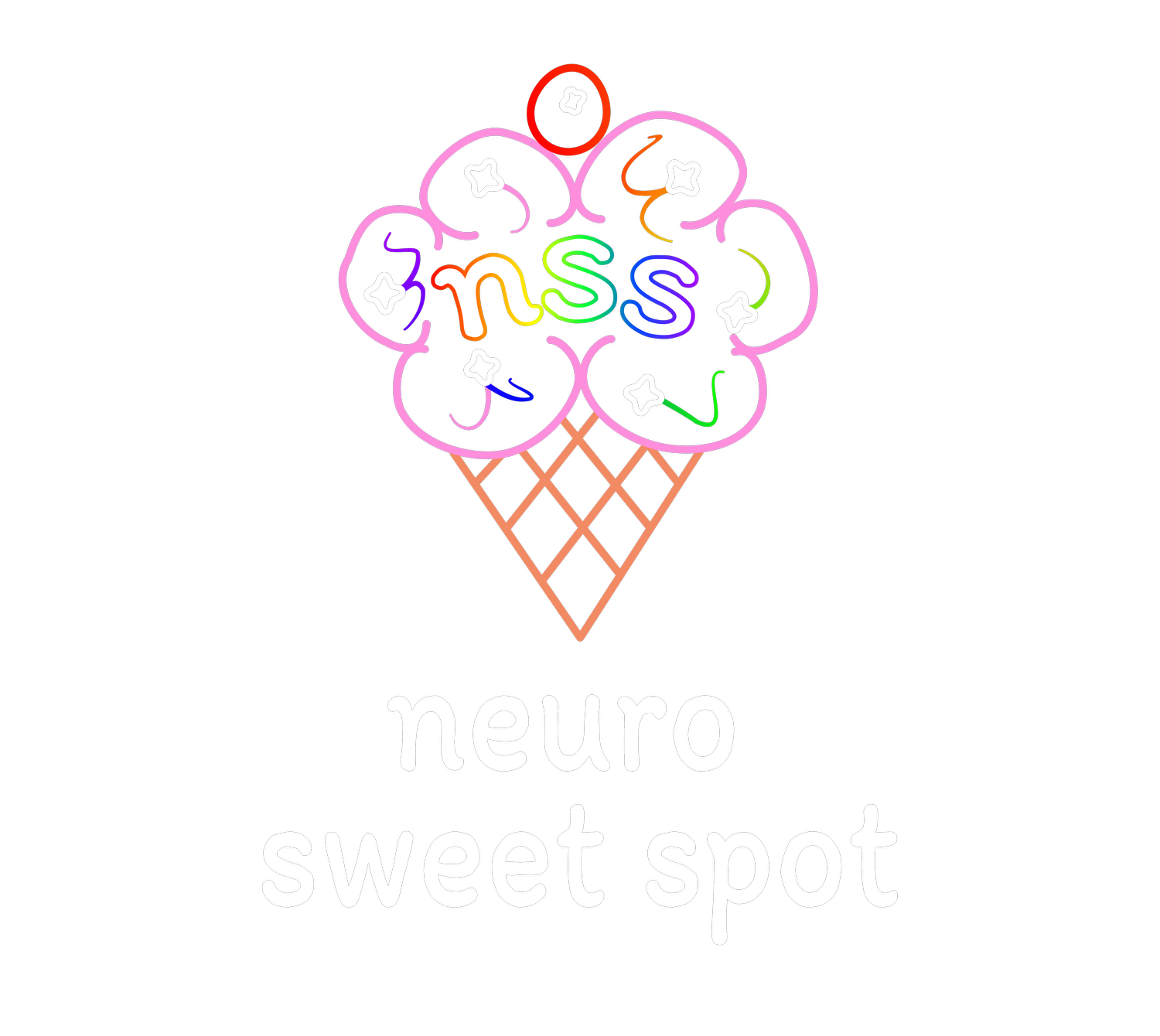
Neuro Spicy Masters
Resources, Insights, and Tips
Tetris Minimizes Trauma. For Real.
(Why Keeping Your Brain Moving Helps Prevent Stuck Patterns)
Trauma Sticks When the Brain Freezes—Movement Keeps It Flowing
Trauma isn’t just about what happens—it’s about what gets stuck.
When we go through a distressing experience, our brain scrambles to make sense of it. If the brain locks into shock mode, the experience doesn’t get fully processed—it lingers, shaping how we react to future situations.
💡 The key to minimizing trauma’s long-term effects?
➡️ Keep the brain moving.
Tetris and Trauma: The Science Behind It
🧠 Studies show that playing Tetris shortly after a traumatic event reduces the likelihood of PTSD symptoms.
Why?
🎮 Tetris forces the brain to engage in structured, repetitive movement.
🎮 It redirects working memory away from looping on distressing images.
🎮 It keeps neural pathways flexible, preventing rigid trauma patterns from setting in.
Instead of trauma locking into place, the brain stays adaptive.
The Brain Needs Movement—Just Like the Body Does
Think of trauma like a physical injury.
If you immobilize a limb for too long:
❌ It loses strength and flexibility.
❌ Even a healthy limb will become stiff and weak if it’s unused.
The same thing happens in the brain.
🔄 If it stays locked in fear, those patterns become the default.
🔄 If we don’t engage it in gentle, structured movement, it loses adaptability.
💡 Just like rehab is essential for healing a broken limb, engaging the brain through structured activity keeps it from getting stuck.
Keeping the Brain in Alignment Prevents Long-Term Damage
If we don’t give the brain structured movement, it compensates in disordered ways.
🔍 Example:
🚶♂️ If you break an ankle and never rehabilitate it, you might develop an unnatural gait to compensate.
🧠 If your brain doesn’t process trauma in alignment, it may develop rigid thought patterns, avoidance behaviors, or heightened reactivity.
🎯 Structured brain movement (like Tetris) keeps neural pathways aligned, preventing maladaptive compensations.
What This Means for Everyday Healing
🚀 Trauma doesn’t have to get stuck—if we keep things moving.
💡 You don’t have to play Tetris specifically—anything that engages structured mental or physical movement can help:
✅ Puzzles, knitting, drumming, rhythmic walking.
✅ Breathing exercises, stretching, cross-body movements.
✅ Engaging in a familiar routine that keeps the mind active.
This isn’t about distraction—it’s about alignment.
Key Takeaways
✔️ Trauma sticks when the brain freezes—movement keeps it processing.
✔️ Tetris and other structured activities prevent the brain from forming rigid trauma loops.
✔️ Healing the brain is like healing a broken limb—gradual movement restores function.
✔️ Even a healthy limb loses ability if it’s immobilized too long—the brain works the same way.
✔️ Structured brain and body movement prevents misalignment and long-term damage.
✔️ Healing isn’t about stopping everything—it’s about keeping things moving in a way that promotes balance.
The brain isn’t meant to be stuck—it’s meant to move. Keep it engaged, and healing stays in motion.

